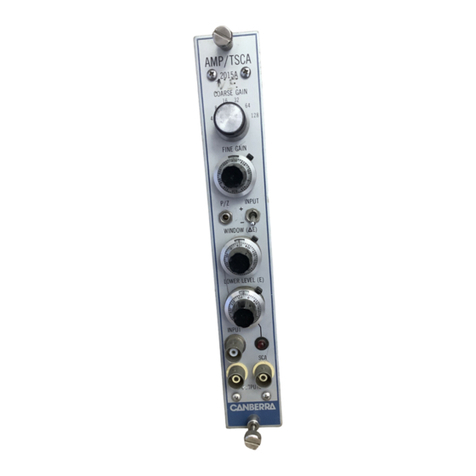
Lynx DSA User's Manual - 9240227J iii
Overview of the Lynx Web Client User Interface........................................................................74
Navigator View ........................................................................................................................74
Data View ................................................................................................................................74
Information View.....................................................................................................................77
Acquisition Control Panel........................................................................................................78
Digital Oscilloscope .....................................................................................................................80
Preferences Options......................................................................................................................84
Miscellaneous...........................................................................................................................85
Axes .........................................................................................................................................86
Colors .......................................................................................................................................87
Acquisition Options......................................................................................................................88
Acquisition Settings .................................................................................................................88
Calibration Settings..................................................................................................................97
Hardware Options.........................................................................................................................97
High Voltage Power Supply Settings.......................................................................................98
Gain Settings..........................................................................................................................101
Digital Filter Settings .............................................................................................................104
Stabilizer ................................................................................................................................109
Auxiliary Counters.................................................................................................................115
External Synchronization Settings .........................................................................................116
Sample Changer Settings .......................................................................................................118
Single Channel Analyzers (SCA)...........................................................................................119
Maintenance Options..................................................................................................................120
Network Settings....................................................................................................................121
Diagnostics.............................................................................................................................123
Firmware Update....................................................................................................................125
MCA Information ..................................................................................................................126
Print Spectrum........................................................................................................................127
Security ..................................................................................................................................127
Backup and Restore................................................................................................................128
Lock/Unlock...........................................................................................................................130
Release Notes.........................................................................................................................130
About Application..................................................................................................................130
Reboot ....................................................................................................................................130
Alternate Web Sites....................................................................................................................130
A. Specifications............................................................................. 131
Acquisition Device Input............................................................................................................131
Acquisition Device Outputs........................................................................................................134
High Voltage Power Connectors ................................................................................................135
Communication Ports .................................................................................................................135
Front Panel Indicators.................................................................................................................136





























